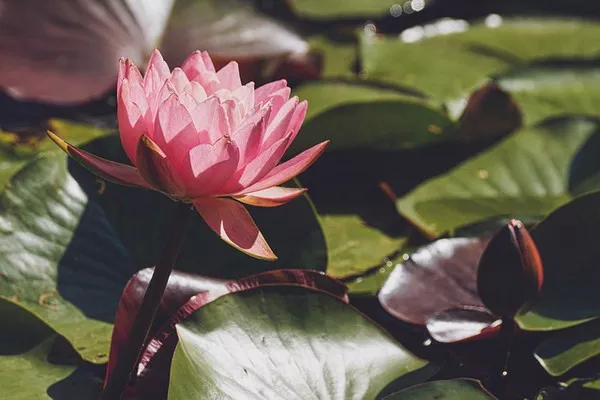Throughout human history, flowers have played a significant role in expressing emotions, cultural traditions, and symbolic meanings. Among the vast array of floral symbols, the lily flower stands out as a perennial favorite, cherished for its beauty and deep-rooted symbolism. From ancient civilizations to modern cultures, the lily has remained a potent emblem of various virtues and sentiments. In this article, we explore the multifaceted symbolism of the lily flower, delving into its historical significance, spiritual associations, and cultural representations.
Historical Significance of the Lily: A Timeless Symbol
The lily flower’s significance traces back to antiquity, making it one of the oldest cultivated plants on record. It is believed to have originated in Asia, with evidence of its cultivation found in ancient Mesopotamia and Egypt. The ancient Egyptians associated the lily with fertility, rebirth, and the divine feminine, often depicting it in religious ceremonies and tomb decorations. In Greek mythology, the lily was linked to the goddess Hera, symbolizing purity and motherhood.
During the Renaissance era, the lily’s popularity soared, and it became a recurring motif in art, literature, and heraldry. In Christian iconography, the lily was associated with the Virgin Mary, signifying her purity and virtue. Renaissance artists often depicted the Angel Gabriel offering a lily to the Virgin Mary during the Annunciation. This portrayal further solidified the lily’s connection to purity and divine blessings.
The Lily Flower’s Symbolism Across Cultures
The symbolism of the lily flower extends beyond religious and historical contexts, resonating with diverse cultures worldwide. Different cultures have imbued the lily with unique meanings, reflecting the flower’s versatility as a symbol.
Purity and Innocence:
Across many cultures, the lily is consistently associated with purity and innocence. Its pristine white petals have long been a symbol of untainted beauty and virtue. In weddings, the lily is often a prominent floral choice, representing the purity and sacredness of the union between two individuals.
Renewal and Rebirth:
The lily’s annual cycle of blooming and withering has led to associations with renewal and rebirth. In ancient Egypt, the lily’s emergence from the muddy waters of the Nile represented the cycle of life and death. This symbolism still endures today, often used in funeral arrangements to offer solace and hope for life after death.
Femininity and Motherhood:
The lily has strong ties to femininity and motherhood in various cultures. In Chinese symbolism, the lily represents a mother’s everlasting love for her children. Additionally, the association with the Virgin Mary in Christianity enhances its connection to motherhood and maternal care.
Spirituality and Enlightenment:
In Eastern philosophies, such as Buddhism and Hinduism, the lily is a symbol of spiritual enlightenment and purity of the mind. Often depicted alongside enlightened beings, the flower represents the blossoming of one’s soul and inner potential.
Passion and Romance:
While white lilies signify purity and innocence, other colored varieties convey different meanings. Red lilies, for instance, symbolize passion and love, making them popular choices in romantic gestures and declarations of affection.
The Language of Lilies: Messages Conveyed Through Different Colors
As with many flowers, lilies carry distinct messages depending on their color. Understanding the language of lilies can help individuals convey their feelings and sentiments more effectively.
White Lilies: Representing purity and virtue, white lilies are often associated with weddings, funerals, and religious ceremonies. They convey a sense of peace and divine presence.
Pink Lilies: Pink lilies symbolize love, admiration, and compassion. They are often exchanged between friends, family, or romantic partners to express affection and appreciation.
Yellow Lilies: Yellow lilies are symbols of happiness, joy, and positivity. They can be given to uplift someone’s spirits or to celebrate a significant achievement or milestone.
Red Lilies: Symbolizing passion and desire, red lilies are an excellent choice for expressing romantic love and intense emotions.
Orange Lilies: Orange lilies convey confidence, enthusiasm, and a sense of pride. They can be given to someone as a sign of encouragement or to celebrate their achievements.
Conclusion
The lily flower’s enduring symbolism transcends time and cultural boundaries, making it a truly universal emblem of beauty, spirituality, and emotion. Throughout history, the lily has served as a conduit for expressing deep-seated feelings, religious devotion, and timeless virtues. Its versatility, portrayed through different colors and cultural contexts, makes it an enchanting flower that continues to captivate hearts and minds across the globe. Whether presented in a bouquet, incorporated into religious rituals, or used as a muse for art, the lily remains a cherished symbol, encompassing the essence of life, love, and the human experience.


